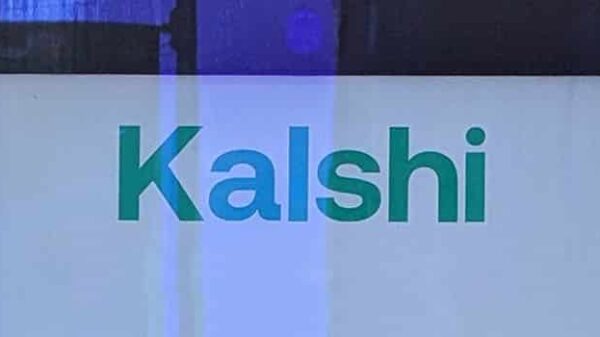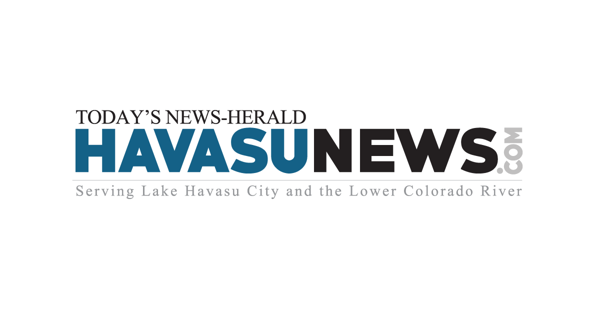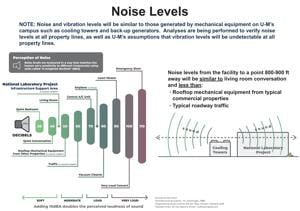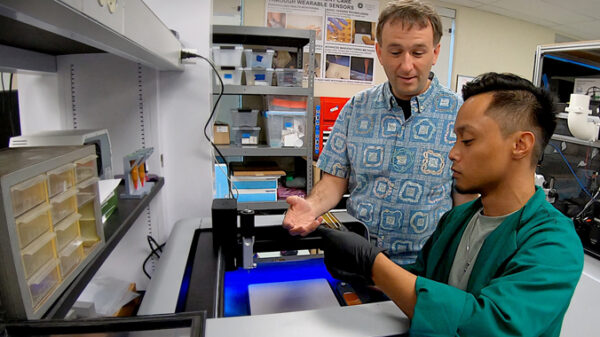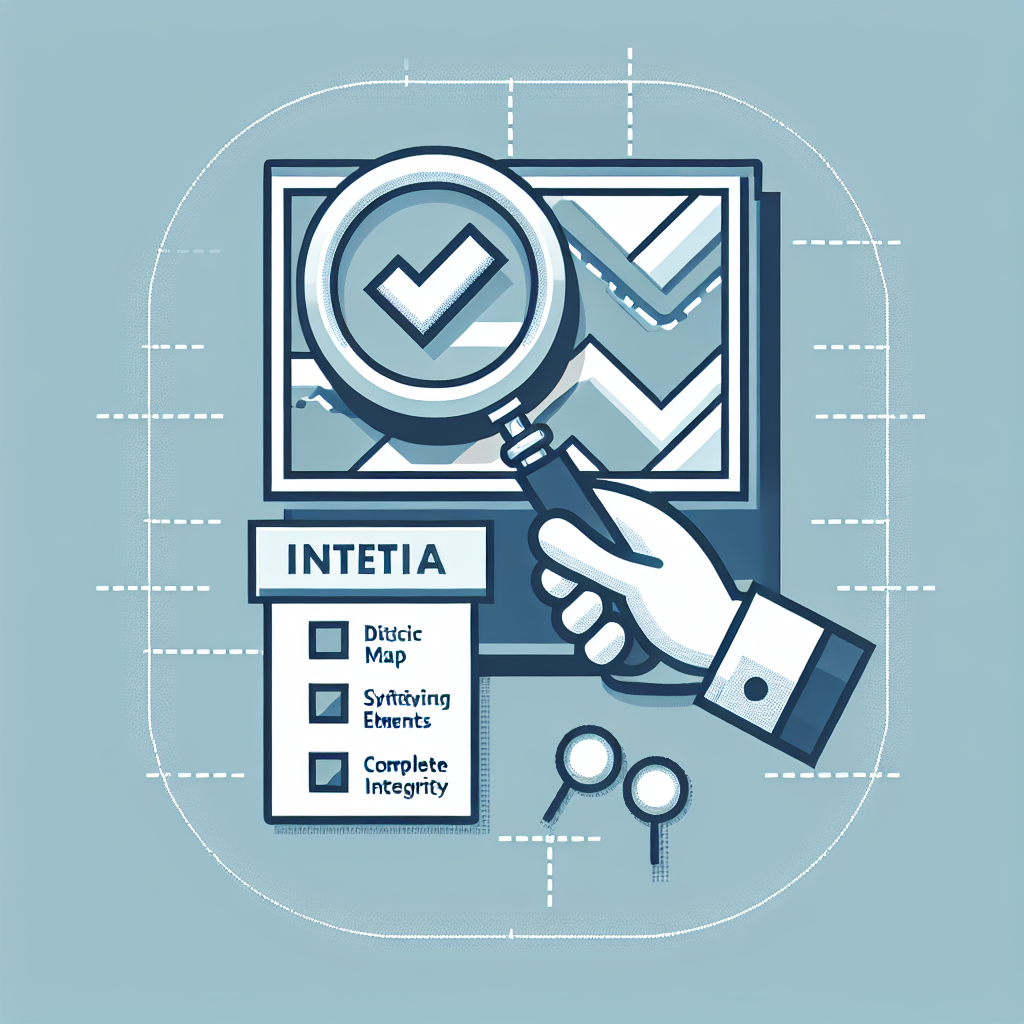In the field of technical documentation, the integrity and completeness of DITA maps are critical for effective content management. The Darwin Information Typing Architecture (DITA) provides a structured approach to creating and organizing documentation. However, the challenges associated with maintaining DITA maps can impact both usability and compliance. This article outlines essential strategies for ensuring the quality of DITA maps, emphasizing best practices that enhance their effectiveness.
Understanding the Role of DITA Maps
A DITA map functions as a blueprint for content organization. It outlines the relationships between various topics, facilitating the packaging of information for different formats, such as PDFs and online help systems. A well-structured DITA map not only improves user experience but also ensures consistency across multiple products and platforms.
Ensuring that these maps are both complete and accurate is vital for several reasons.
The Importance of Integrity and Completeness
The integrity and completeness of DITA maps are paramount for effective technical documentation. Here are several key reasons:
1. **User Experience**: An incomplete or inconsistent DITA map can create gaps in information, leading to confusion among end-users. A well-maintained DITA map guarantees that all necessary topics are referenced, allowing users to find relevant information with ease.
2. **Content Reusability**: DITA’s strength lies in its capacity for content reuse across different publications. If the DITA map lacks integrity, critical information may be overlooked, reducing the potential for reusability and increasing overall documentation costs.
3. **Maintenance and Scalability**: As documentation projects evolve, maintaining the integrity of the DITA map becomes essential. A comprehensive and accurate map streamlines updates and supports scalability as content needs grow.
4. **Compliance and Standards**: Industries often face stringent regulatory documentation standards. An incomplete DITA map can lead to non-compliance, resulting in legal complications and a loss of credibility in the marketplace.
To address these challenges, implementing best practices is crucial.
Best Practices for Ensuring Quality
To maintain the integrity and completeness of DITA maps, organizations should consider the following strategies:
1. **Regular Audits**: Conduct periodic audits of DITA maps to ensure that all topics are included and that linkages are accurate. Regular reviews help identify gaps and inconsistencies, allowing for timely corrections.
2. **Version Control**: Implement a robust version control system to track changes in DITA maps. This practice not only preserves integrity but also provides a historical record of modifications, facilitating reversion to previous versions if needed.
3. **Use of Metadata**: Employ metadata for topics and maps to enhance searchability and organization. Proper tagging can improve content discovery and ensure that all reference topics are included.
4. **Validation Tools**: Utilize DITA validation tools, such as Oxygen XML Editor and DITA Open Toolkit (dita-ot), to automatically check for errors or missing links within the DITA map. These tools streamline the validation process, reducing manual labor and increasing accuracy.
5. **Collaborative Reviews**: Involve subject matter experts (SMEs) in the review process to ensure completeness. Their insights regarding the necessity of various topics can significantly enhance the quality of the map.
6. **Training and Documentation**: Ensure that all team members involved in content creation and management are adequately trained in DITA standards and best practices. Comprehensive documentation and guidelines can streamline the process and maintain consistency.
In closing, the integrity and completeness of DITA maps are essential for producing high-quality technical documentation that serves both users and content creators effectively. By implementing best practices such as regular audits, effective version control, and the use of validation tools, organizations can improve the reliability and usability of their DITA maps. As technical communication continues to evolve, a commitment to maintaining the structure and integrity of content will remain a cornerstone of successful documentation practices.


